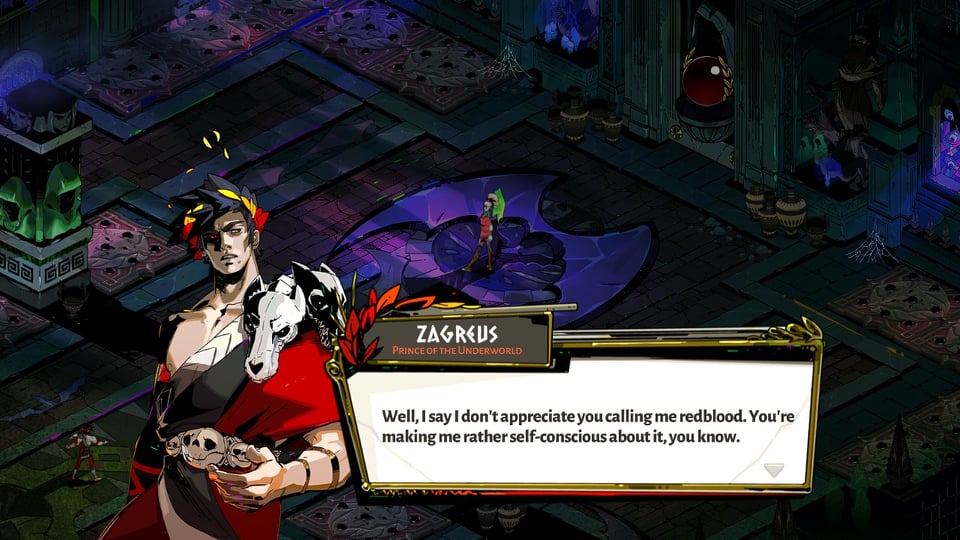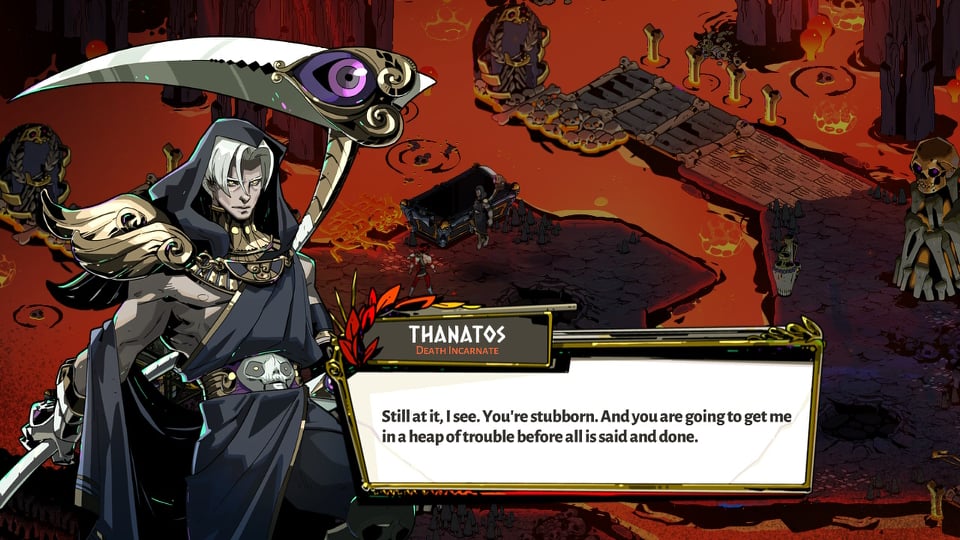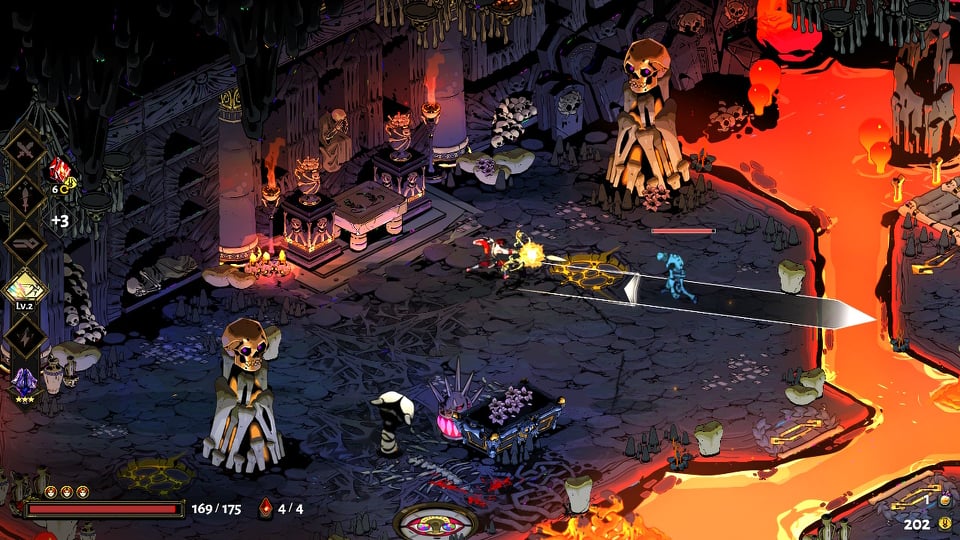Pass The Controller* is a Slice of Culture series where we highlight video games, both AAA (blockbuster) and indie. Llanes will share honest and balanced opinions on what could be your next favorite game as well as some random tips every now and then!
There have been many interpretations of Greek Mythology in pop culture such as Disney’s “Hercules,” The Percy Jackson series and the God of War games.
In September 2020, Supergiant Games released “Hades,” another iteration of Greek mythology that has risen in popularity in the gaming community, and has won game of the year awards from multiple publications.
This game has a premise that is relatable to anyone trying to escape a low point in life.
In the case of Zagreus, the son of the titicular Greek god, he’s simply trying to move out of his parent’s home.

When the game begins, Zagreus attempts to escape the underworld, and — probably — gets killed, sending him back to his home and back to his father, Hades.
Once that introduction ends, Zagreus attempts to escape again and again until he reaches the surface.
An important aspect of most video games is:
- A gameplay loop
- How the game works
- What gamers should expect when the game boots up.
For example, “Fortnite” gameplay loop is to kill everyone until you’re the last one standing. For “Among Us,” do your tasks and find the imposter, or eliminate all your crewmates.
“Hades” is advertised as a “God-like Roguelike”.
A roguelike is a video game genre where the player must start from the very beginning every time they die.
This may appear to be a frustrating concept, but I surprisingly found it addicting.
When I started the game, I got my ass kicked a lot — I still do — especially during the first boss, Zagreus’ ex-girlfriend, Megera.
Countless runs later, I went from getting murdered by her repeatedly, to being able to slice her up easily.
Supergiant also throws in other twists to keep the game from getting repetitive.
The gameplay loop of “Hades” masterfully blends the addictiveness of games like Fortnite and Among Us with the narrative structure of a show or film.
Throughout each escape attempt, Zagreus will have different random encounters from other characters. Other gods such as Zeus and Athena will lend their powers. Thanatos, also known as Death Incarnate, will randomly pop up to help you fight enemies.

I never knew what to expect in each run.
Like I said, every time I die, I get sent back to the beginning — back to the house of Hades.
This isn’t entirely a bad thing.
Before each run, Zagreus is given the opportunity to switch his weapon. He starts off with a sword, but he can switch to a bow, a spear and even a gun.
But more importantly, Zagreus can catch up with the wide cast of characters and move the story along.
There are so many memorable characters such as Dusa, the house’s maid and Skelly, the mysterious skeleton that hangs around at the training grounds.
And of course there is Cerberus, whom you can pet.
With its over 300,000 word script, the dialogue of “Hades” is almost never repeated unlike most other games.
Every character in and out of combat always has something new to say and every conversation leads to a chance to move the story forward.
There’s so much more to praise about this game such as the beautiful art style and the hardcore soundtrack.
Though what I love most about “Hades” is how the central theme of the game is so relatable and how it connects to the gameplay.

Ultimately, “Hades” is a game about getting unstuck in life.
The central theme to this game is that running into roadblocks, messing up, going back to square one can be a blessing in disguise.
The key is to just keep going.
With “Hades” arriving soon on more platforms including Microsoft’s subscription service, Game Pass, I can’t wait for this experience to reach an even wider audience.



 Get your slice of culture from NJ
Get your slice of culture from NJ Hudson County born & raised
Hudson County born & raised The Locals + The Culture
The Locals + The Culture “Best Grassroots Journalism” @njspj + @njcivicinfo grantee
“Best Grassroots Journalism” @njspj + @njcivicinfo grantee



 We stopped by Excel
We stopped by Excel










 E
E
















